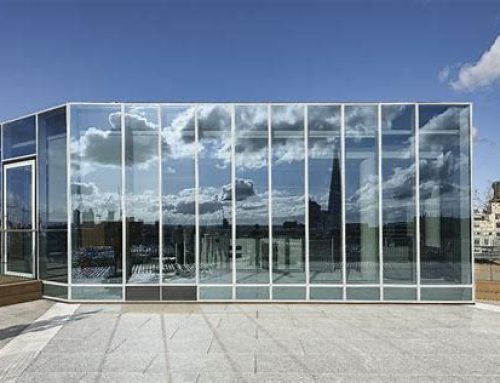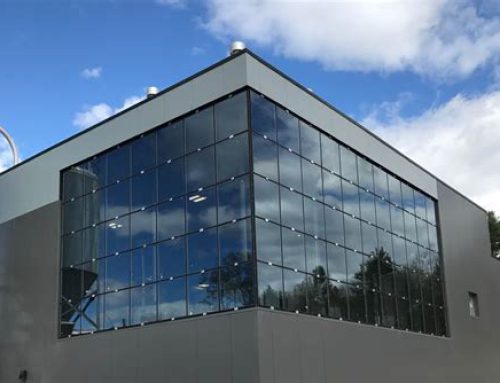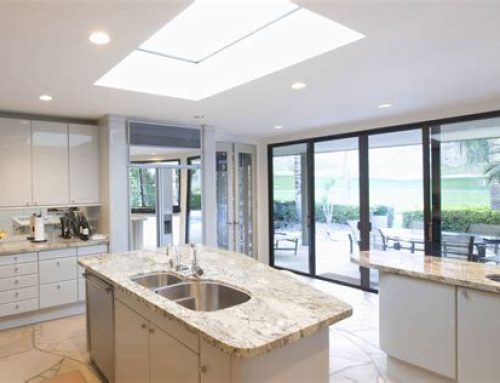Frameless glass shop drawing

In the realm of contemporary architecture and interior design, the allure of frameless glass is undeniable. Its seamless transparency not only opens up spaces but also adds a touch of sophistication and modernity to any environment. Among the various aspects involved in incorporating frameless glass into architectural designs, the creation of detailed shop drawings stands out as a crucial step. These drawings serve as the blueprint, guiding the fabrication and installation process with precision and clarity.
Understanding Frameless Glass:
Before delving into the intricacies of frameless glass shop drawings, it’s essential to grasp the essence of frameless glass itself. Unlike traditional framed glass structures, frameless glass relies on minimalistic support, emphasizing openness and continuity. Whether used in facades, partitions, doors, or balustrades, frameless glass exudes a sense of spaciousness and elegance, making it a preferred choice for modern architectural projects.
The Significance of Shop Drawings:
Shop drawings are detailed illustrations that communicate the design intent and technical specifications of a structure to various stakeholders, including architects, engineers, fabricators, and installers. In the case of frameless glass, these drawings play a pivotal role in translating design concepts into tangible installations. They serve as a comprehensive guide, ensuring accuracy and alignment throughout the fabrication and installation stages.
Components of Frameless Glass Shop Drawings:
- Dimensional Details: Accurate measurements are paramount in frameless glass installations to ensure a seamless fit. Shop drawings provide precise dimensions for each glass panel, accounting for variations in thickness and tolerances.
- Hardware Specifications: Frameless glass systems rely on specialized hardware such as hinges, clamps, and channels for support and functionality. Shop drawings outline the type, size, and placement of each hardware component, ensuring compatibility and structural integrity.
- Joinery and Connections: Seamless integration between glass panels is essential for both aesthetic appeal and structural stability. Shop drawings depict the specific joining methods, whether it be through silicone seals, adhesive bonding, or mechanical fixings, along with detailing any necessary reinforcements.
- Sealant and Glazing Details: Proper sealing is critical to protect against water infiltration and ensure the longevity of frameless glass installations. Shop drawings specify the type and application of sealants and glazing compounds, as well as detailing any required expansion joints or gaskets.
- Safety Considerations: Frameless glass installations must adhere to stringent safety standards to mitigate the risk of breakage or injury. Shop drawings incorporate safety features such as tempered or laminated glass, handrail requirements for balustrades, and load calculations for structural support.
The Role of Technology:
Advancements in computer-aided design (CAD) software have revolutionized the creation of frameless glass shop drawings, allowing for greater precision and efficiency. CAD programs enable designers to create detailed 2D and 3D representations of glass structures, facilitating collaboration and visualization throughout the design process.
Collaborative Approach:
Creating comprehensive frameless glass shop drawings is a collaborative effort that involves close coordination between architects, engineers, fabricators, and installers. Clear communication and mutual understanding of design intent and technical requirements are essential to ensure the successful realization of the project.
Quality Assurance and Compliance:
Beyond facilitating the fabrication and installation process, frameless glass shop drawings also serve as a means of quality assurance and compliance. By adhering to industry standards and building codes, these drawings ensure that the final installations meet regulatory requirements and withstand environmental stresses. Regular reviews and revisions of shop drawings by qualified professionals help identify any potential issues or deviations from the design intent, thus minimizing the risk of errors or costly rework.
Iterative Design Refinement:
The iterative nature of design and construction often necessitates continuous refinement of shop drawings throughout the project lifecycle. As architectural plans evolve and new challenges arise, shop drawings may undergo revisions to accommodate design changes, address unforeseen constraints, or incorporate feedback from stakeholders. This iterative process underscores the importance of flexibility and adaptability in producing shop drawings that accurately reflect the evolving design vision.
Value Engineering Opportunities:
Frameless glass shop drawings also present opportunities for value engineering, wherein cost-effective solutions are explored without compromising quality or aesthetics. By analyzing material efficiencies, optimizing hardware specifications, and streamlining construction methods, designers can identify areas for potential cost savings while maintaining the integrity of the design. Value engineering initiatives, guided by thorough analysis and collaboration, contribute to the overall success and sustainability of frameless glass projects.
Beyond Functional Utility:
While frameless glass shop drawings primarily focus on the technical aspects of fabrication and installation, they also hold intrinsic aesthetic value. The meticulous detailing of glass panels, hardware arrangements, and joinery techniques not only ensures structural integrity but also enhances the visual appeal of the finished product. As such, frameless glass shop drawings serve as a testament to the harmonious integration of form and function in modern architectural design, embodying a synthesis of elegance, innovation, and functionality.
Future Perspectives:
As technology continues to advance and architectural trends evolve, the role of frameless glass shop drawings is poised to undergo further transformation. The integration of Building Information Modeling (BIM) and parametric design tools promises to enhance the efficiency and accuracy of shop drawing generation, enabling real-time collaboration and data-driven decision-making. Additionally, advancements in glass manufacturing techniques, such as curved and laminated glass, offer new possibilities for creative expression and architectural experimentation.
Implementation and Execution:
With frameless glass shop drawings finalized and approved, the focus shifts towards implementation and execution. Fabricators and installers utilize these detailed plans as their roadmap, ensuring that every component is produced and installed to exact specifications. Skilled craftsmen meticulously cut, polish, and temper glass panels, while precision machining and assembly of hardware components guarantee seamless integration. Throughout the installation process, close adherence to the shop drawings is essential to achieve the desired outcome with precision and efficiency.
Quality Control and Assurance:
As frameless glass components are fabricated and installed, stringent quality control measures are implemented to uphold the highest standards of craftsmanship and durability. Quality assurance protocols encompass material inspections, dimensional accuracy checks, and performance testing to verify compliance with design specifications and regulatory requirements. Any deviations or discrepancies discovered during the fabrication or installation phase are promptly addressed and resolved to ensure the integrity and longevity of the finished installations.
Client Collaboration and Satisfaction:
Effective collaboration with clients throughout the frameless glass project lifecycle is instrumental in ensuring their satisfaction and fulfillment of their vision. Regular communication, progress updates, and onsite consultations provide clients with insight into the fabrication and installation process, fostering trust and transparency. By actively involving clients in decision-making and addressing their concerns or preferences, designers and contractors can deliver bespoke frameless glass solutions that exceed expectations and enhance the overall user experience.
Post-Installation Support and Maintenance:
Even after the completion of frameless glass installations, the commitment to customer satisfaction extends to post-installation support and maintenance. Comprehensive care guidelines and warranty provisions are provided to clients, empowering them to preserve the beauty and functionality of their glass features for years to come. Additionally, proactive maintenance programs offer periodic inspections, cleaning, and adjustments to ensure optimal performance and longevity, thereby safeguarding the client’s investment and satisfaction over time.
Conclusion:
Frameless glass shop drawings serve as the linchpin of successful architectural projects, guiding the fabrication and installation of glass structures with precision, efficiency, and elegance. From initial design concepts to final installations, these detailed blueprints encapsulate the collaborative effort and meticulous attention to detail that define modern architectural craftsmanship. By embracing innovation, adhering to quality standards, and prioritizing client satisfaction, frameless glass professionals uphold the legacy of excellence in architectural design and construction, creating enduring spaces of beauty and functionality for generations to come.





Leave A Comment